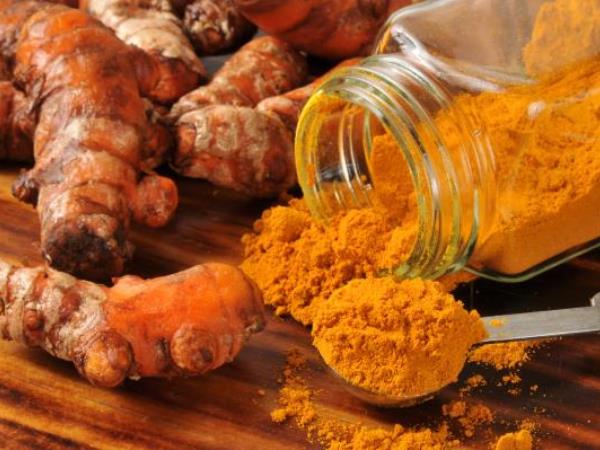Healers all around the world use turmeric to alleviate pain as it acts as an antiseptic. Furthermore, modern science is increasingly discovering the power of curcumin in fighting Alzheimer's and Parkinson's disease (which are not present in India, the homeland of turmeric). It improves memory, melts fat, and destroys cancer cells so thoroughly that many doctors no longer see turmeric as just a spice, but as a super remedy against cancer.
The list of diseases that turmeric prevents is unusually long. Among other things, it destroys candida, aids in skin regeneration, helps with depression, pain, inflammations, and is very effective in treating arthritis (1200 mg of turmeric is equal to 300 mg of phenylbutazone), cleanses the liver, enhances the effects of chemotherapy, and reduces side effects... Turmeric also aids in fat metabolism (it is a common ingredient in many weight loss dietary supplements).
However, turmeric also has its quirks. If you do not know how to use it, you will not benefit from its effects.
Turmeric always works in combination with other foods. If you want it to work as a cancer remedy of all kinds, you must use it in combination with chili or cayenne pepper. If you want it to prevent prostate cancer, inhibit metastasis, and prevent leukemia in children, you must combine it with cauliflower.
If you sprinkle turmeric on a wound, it will reduce swelling and pain.
If you have heartburn issues, mix a pinch of turmeric and a pinch of salt, then mix it with warm water and drink it.
If you mix a teaspoon of turmeric with a cup of hot milk, it will help alleviate throat pain.
What about the negative effects?
Of course, you should not overdo it with turmeric. Half a teaspoon per meal three times a day is sufficient. Turmeric reduces platelet stickiness, so it is not recommended for pregnant women and people with platelet issues.
The story of turmeric, which would not even embarrass Indiana Jones
The first records of turmeric date back 4 thousand years when Ayurvedic medicine began to develop. Even then, a whole range of medicinal properties were written down, which modern technology is only discovering today. Aside from how ancient peoples knew all the active ingredients, the West never really focused on turmeric, which has always been seen as an Indian exotic spice that is mostly mixed with curry (curry is a mixture of 20 spices).
In 2006, the American business newspaper Wall Street Journal published an article about Indian food, particularly about a spice that piqued researchers' interest. The findings were so incredible that in the next five years, a volcano of various research erupted worldwide. Today, we know of more than 1500 scientific works that solely focus on turmeric and its beneficial properties. Many say that this is just the beginning because we still know too little about combinations with other foods.
Finally, an important detail that caused turmeric to be overlooked in Europe for a long time. The colorant from turmeric is labeled as E100. So, when you see this label, do not be afraid. Remember the list of diseases it treats.
Datum: 4. NOV 24 - GOOD TO KNOW
Turmeric is a superfood only if you know how to use it properly
Turmeric is not just a spice, it is also a superfood, and its story reads like an adventure of searching for the hidden treasure of health.
(FW)
 Would you like to be informed about news on the website?
Would you like to be informed about news on the website?
Just enter your e-mail
Turmeric superfood benefits
Curcumin health benefits
Turmeric and cancer prevention
Turmeric uses and remedies
Turmeric anti-inflammatory properties
|
Copyright (c) Foodwhisper.com March 2018 |
π | Contact: info@foodwhisper.com |
About us | Facebook |  |









